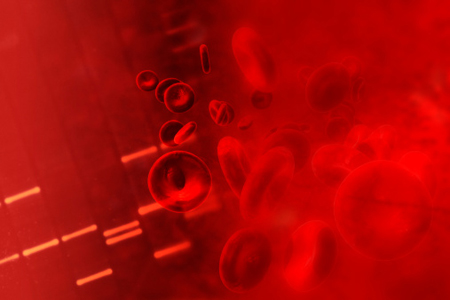Professor Cheng Hock-Toh: “Sepsis has a 30 to 50% mortality rate”
Scientists at the University of Liverpool are a step closer to providing clinicians with a bedside test for the early diagnosis of the fatal blood infection, sepsis.
Sepsis is a bacterial infection of the blood that causes whole-body inflammation and is the leading cause of death worldwide. Treating it in the early stages reduces the risk, but sepsis is difficult to diagnose until it has taken hold of the body.
Simple bedside test
Currently there are no reliable tests to accurately and speedily diagnose the infection, which can lead to delayed or missed diagnosis, resulting in complications or, in severe cases, death. Researchers at Liverpool are developing new rapid detection systems that can analyse indicators of infection using a device at the bedside of a patient.
The team have already discovered a biomarker of the condition, which has proved to be a successful way of detecting the infection at its early stages in patients. The new £1.2 million project, supported by the Technology Strategy Board (TSB), is enabling scientists to work with Liverpool company, Sepsis Limited, to deliver a bedside test that is simple, rapid, and robust in detecting sepsis from a small sample of blood.
Professor Cheng Hock-Toh, from the University’s Institute of Infection and Global Health, said: “Sepsis has a 30 to 50% mortality rate and recognising the infection in its earliest stages is crucial. Now that we have validated the biomarkers of this condition we can focus on miniaturising test systems in the laboratory for point-of-care use at the bedside of patients.”
Also in development, through collaboration between the University, MicroLab Devices in Leeds, and Forsite Diagnostics in York, is a diagnostic tool that can identify a combination of three indicators of bacterial infection from a sample of blood in less than five minutes. Supported through funds from the TSB, it will allow clinicians to distinguish between serious blood infections and other more common bacterial infections in young children.
Dr Enitan Carrol, from the University’s Institute of Translational Medicine, said: “This new diagnostic device, which will combine two separate technologies, will reduce the delays in diagnosis and unnecessary admissions to hospitals, as well as the numbers of deaths from this serious condition. We want to help doctors make the appropriate clinical decision at the bedside, without having to wait for results from a laboratory.”
